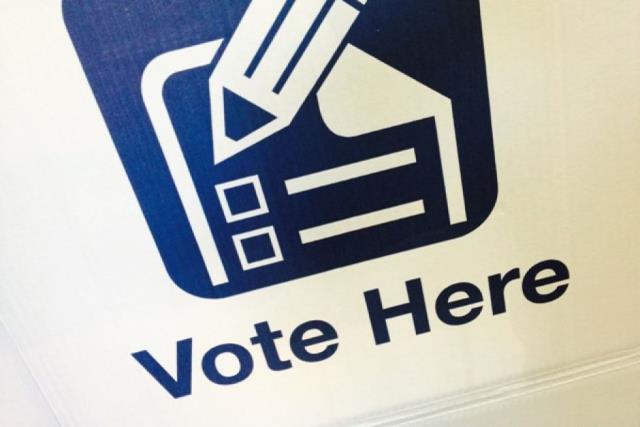
By Dominique Tassell
Locals will head to the booth on Saturday 21 May to cast their votes for both the House of Representatives and the Senate. To help locals with their vote, here is a refresher on how the Senate works and what the current state of the Senate is.
While candidates are elected to the House of Representatives by electorate, Senators are voted in by State or Territory.
From each State, there are twelve representatives in the Senate, while the Australian Capital Territory and the Northern Territory have two Senators each. The Senate is made up of 76 Senators in total.
State Senators serve for six years and the election of each State’s twelve Senators is broken in half, meaning there are six Senate seats up for election in each state this election.
It is not necessary for half-Senate elections and elections for the House of Representatives to occur at the same time, although elections for the two Houses are generally held concurrently.
Senators in the territories have shorter terms, serving three years, and elections for these positions are held concurrently with general elections for the House of Representatives.
The Senate is the upper house to the House of Representatives’ lower house and has the power to reject bills that have made their way successfully through the House of Representatives.
There are 40 Senate seats up for election across the country, with 36 Senators continuing.
Of these 40 seats, the Liberal National Party (LNP) has 19 seats up for election while the Australian Labor Party (ALP) has 15 up for election.
There are also three Greens seats up for election, as well as one Pauline Hanson’s One Nation (ONP) seat belonging to Pauline Hanson herself, one Centre Alliance (CA) seat belonging to Stirling Griff, and one independent seat belonging to Rex Patrick (formerly of Centre Alliance).
Of the 36 seats not up for election, 17 are LNP, 11 are ALP, six are Greens, one is ONP, and one is independent Jacqui Lambie.
This means that currently, no party holds a majority of the Senate.
A majority plus one, meaning 39 seats, is required to pass a bill.
The LNP is the closest to this majority with 36 seats, followed by the ALP with 28 seats.
In Queensland, there are 79 Senate candidates vying for the six available seats. The list is available on our website.
Queensland traditionally polls conservatively, and the LNP has elected three or more Senators at nine of the 10 half-Senate elections since 1990.
On the white Senate ballot paper, you need to either number at least six boxes above the line for the parties or groups of your choice, or number at least 12 boxes below the line for individual candidates of your choice.
If you vote above the line, your preferences will first be distributed to the candidates in the party or group of your first choice, then to candidates in the party or group of your second choice and so on, until all your preferences have been distributed. Essentially, you vote for the parties above the line and individual people below the line.
By the state:
QLD
Up for re-election: 3 LNP, 2 ALP, 1 ONP
Staying on: 3 LNP, 1 ALP, 1 Greens, 1 ONP
NSW
Up for re-election: 3 LNP, 3 ALP
Staying on: 3 LNP, 2 ALP, 1 Greens
VIC
Up for re-election: 3 LNP, 2 ALP, 1 Greens
Staying on: 3 LNP, 2 ALP, 1 Greens
WA
Up for re-election: 3 LNP, 2 ALP, 1 Greens
Staying on: 3 LNP, 2 ALP, 1 Greens
SA
Up for re-election: 2 LNP, 2 ALP, 1 Centre Alliance (Stirling Griff), 1 Independent (Rex Patrick)
Staying on: 3 LNP, 2 ALP, 1 Greens
TAS
Up for re-election: 3 LNP, 2 ALP, 1 Greens
Staying on: 2 LNP, 2 ALP, 1 Greens, 1 Independent (Jacqui Lambi)
ACT
Up for re-election: 1 ALP, 1 LNP
NT
Up for re-election: 1 Independent (Sam McMahon- formerly Country Liberal Party), 1 ALP






